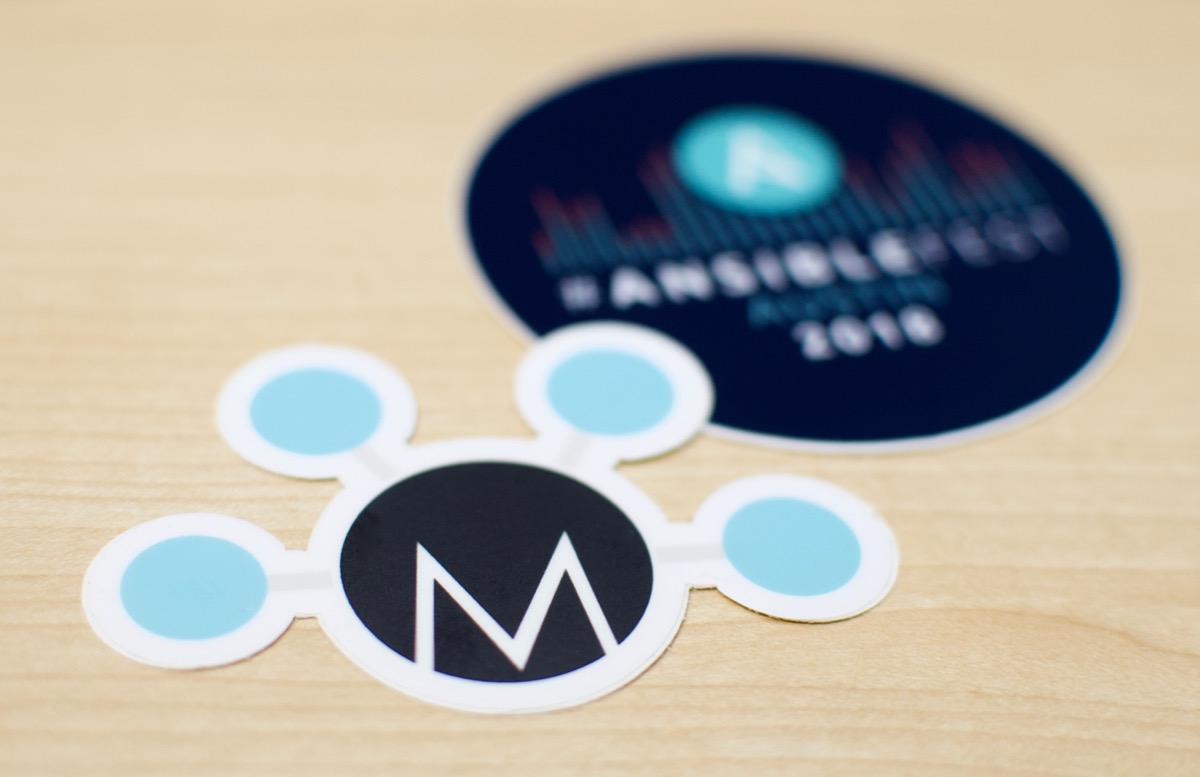Travis CI's new pricing plan threw a wrench in my open source works
I just spent the past 6 hours migrating some of my open source projects from Travis CI to GitHub Actions, and I thought I'd pause for a bit (12 hours into this project, probably 15-20 more to go) to jot down a few thoughts.
I am not one to look a gift horse in the mouth. For almost a decade, Travis CI made it possible for me to build—and maintain, for years—hundreds of open source projects.
I have built projects for Raspberry Pi, PHP, Python, Drupal, Ansible, Kubernetes, macOS, iOS, Android, Docker, Arduino, and more. And almost every single project I built got immediate integration with Travis CI.
Without that testing, and the ability to run tests on a schedule, I would have abandoned most of these projects. But with the testing, I'm able to keep up with build failures induced by bit rot over the years and review PRs more easily.
What went wrong with Travis CI?
From the outset, Travis CI was built to integrate with GitHub repositories and offer free open source CI. At one time it was showered with praise on Hacker News and elsewhere for its culture and ethos.
